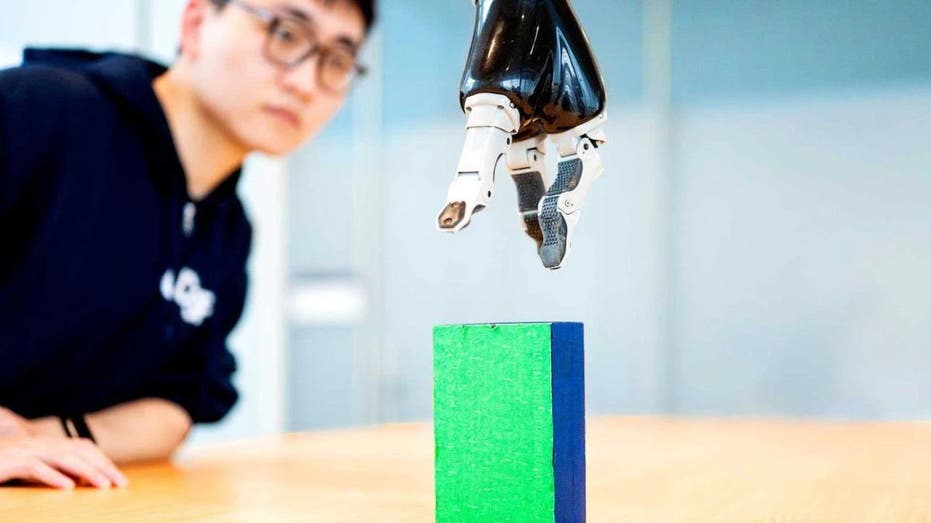AI Empowers Paralyzed Individual to Command Robotic Arm Using Brain Signals

Revolutionary Brain-Computer Interface Technology
Researchers at UC San Francisco have made an extraordinary advancement in brain-computer interface (BCI) technology, enabling individuals with paralysis to control robotic devices solely through their thoughts. This groundbreaking development merges artificial intelligence (AI) with neuroscience, allowing a paralyzed man to manipulate a robotic arm by merely imagining the desired movements. This achievement represents a significant step forward in restoring autonomy and independence to those with severe motor impairments.
Unprecedented Functionality of the BCI
The innovative device, known as a brain-computer interface, signifies a remarkable integration of cutting-edge AI and neural engineering. While BCIs have historically struggled with functionality over prolonged periods—frequently losing effectiveness after just a few days—the newly developed BCI has set a remarkable record by operating flawlessly for seven consecutive months without major adjustments.
Adaptive Learning for Enhanced Control
The success of this technology lies in the AI model’s capability to adapt to subtle fluctuations in brain activity over time. As individuals repeatedly envision movements, the AI becomes increasingly attuned to these neural signals, allowing for more precise control of robotic devices. Dr. Karunesh Ganguly, a neurologist and professor at UCSF, highlights that this synergistic learning process between humans and AI is essential for achieving realistic functionality in neuroprosthetics.
Understanding Brain Activity Shifts
Dr. Ganguly’s research has unveiled that while the overall shape of brain activity patterns remains stable, their specific locations can shift slightly from day to day. This critical insight explains why previous BCIs often lost their ability to interpret neural signals accurately over time.
Training the AI Model
To tackle this challenge, Dr. Ganguly and his team focused on a participant who had experienced paralysis due to a stroke several years prior. By placing sensors on the surface of his brain, they recorded neural signals as he imagined movements such as grasping and lifting objects. Over a two-week period, these signals were utilized to train the AI model, enabling it to adapt to daily variations in brain activity patterns.
From Virtual to Real-World Application
Initially, the participant practiced controlling a virtual robotic arm, which provided feedback on his imagined movements. This training process helped him refine his visualization of precise actions. Once he transitioned to a physical robotic arm, he quickly mastered tasks such as picking up blocks, opening cabinets, and even holding a cup under a water dispenser.
Long-Term Reliability and Functionality
Months later, the participant was able to control the robotic arm with minimal recalibration, underscoring the long-term reliability of this BCI system. This remarkable consistency in performance highlights the potential of this technology to transform lives.
Implications for Quality of Life
The ramifications of this groundbreaking technology are profound for individuals living with paralysis. The ability to perform essential tasks, such as feeding oneself or accessing water independently, could significantly enhance their quality of life. Dr. Ganguly expresses optimism about further refining the AI to improve the speed and fluidity of movements while exploring the feasibility of using the system in home environments.
A New Era in Neuroprosthetics
The integration of adaptive AI into brain-computer interfaces signifies an exciting new chapter in the field of neuroprosthetics, offering hope to millions of people worldwide living with paralysis. As advancements continue, these systems could soon restore vital functions and independence, bringing about transformations that were once considered unattainable.
What Lies Ahead?
As AI-driven brain-computer interfaces pave the way for newfound independence for individuals with paralysis, what do you believe are the most critical next steps in developing these technologies to enhance daily life for those affected? We invite you to share your insights and thoughts.
Stay informed on the latest tech advancements and security alerts by subscribing to our newsletter. Your feedback and questions are always welcome as we strive to cover the stories that matter to you.



